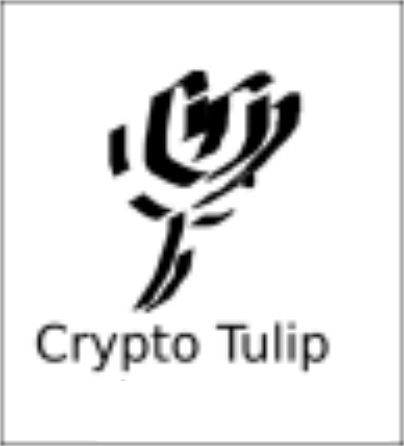The whole point of Nakamotoan cryptocurrency is that the decentralized network is “transparent”, and therefore trustworthy. This bold proposition is debatable on principle and empirically, but it is the foundation of why cryptocurrency is interesting.
So it is particularly problematic that Nakamotoan systems turn out to be so opaque, and also so unworthy of trust.
One of the epicenters of crypto misbehavior are exchanges, the digital services where people trade cryptocurrencies and exchange them for “fiat” currency, AKA, real world money. These are the places that crash, get hacked, and sometimes simply disappear into the ether with all the money. These are also the places that, when they are working, enable cybercrime, grey markets, tax evasion, and money laundering.
These services are supposed to represent the equivalent of conventional financial markets, where exchange rates and asset prices are set by a large pool of independent buyers and sellers. As the exchange rates for Bitcoin and other cryptocurrencies have fluctuated wildly, some people have made fortunes playing these markets. (I suspect that more people have lost than won.)
Equally important, the existence of these markets is a crucial precondition for much of the interest from conventional financial markets in cryptocurrencies. The big boys don’t waste time with digital toys, they want to see real volumes of users trading assets.
There are dozens of exchanges around the world, and they report huge numbers of transactions, as well as pretty mysterious rises and falls of prices. Given the unregulated and opaque nature of these systems, many people suspect market manipulation, self-dealing, and just plain misrepresentation.
Regulators are concerned for many reasons, and conventional financial institutions are probably hesitant to get involved with what appear to be dubious enterprises. I mean banks and brokers are looking for risk, but they aren’t looking for BS.
Earlier this month, Bitwise Asset Management presented to the US SEC, trying to convince regulators that there is a real and orderly cryptocurrency market, worthy of formal recognition by regulators [2]. In the presentation, they claim that the vast majority of reported Bitcoin trading is either fake or non-economic wash trading. The “real” market is smaller and more orderly, they say, and, by the way, Bitwise are a key player in this “real” trading.
In a response to this presentation in Coindesk, Daniel Cawrey bitterly critiques this presentation [1]. Cawrey dissects the data presented, finding that 50% of the supposedly “good” trading in the report is through two exchanges, including Bitwise. That concentration is problematic to say the least, and certainly raises questions about how much to weigh the whole report
There are good reasons to discount much of the data.
The two “good” exchanges are unaudited and have a history of regulatory troubles. The presentation is pretty gutsy, because they spend a lot of effort showing that everybody else is shabby, to direct attention away from their own dubiousity. Nice.
There are plenty of known problems with the report, including (undisclosed) conflicted ownership, statistics from a mysterious (and quite possibly conflicted) “Blockchain Transparency Institute”, and the reliance on the very shady Tether coin (which is supposed to be dollar backed, but in fact does not seem to be).
“Half of the “actual” BTC volume in this report is done on exchanges with no banking relationships and not enough in the way of compliance.”
Bitwise (and related entities) are not likely to win over regulators or conventional finance with this Potemkin Villiage presentation, but they are certainly in the running for the 2019 Crypto Tulip of the Year Award!
Fake data! Fake “Institutes”! Floating “stable” coins! Unaudited “reserves”!
And the chutzpah to stand before the SEC with this stuff!
Yessir, this is the stuff that great Tulips are made of!
- Daniel Cawrey (2019) Fake Volume on Crypto Exchanges Isn’t the Half of It. Coindesk, https://www.coindesk.com/fake-volume-on-crypto-exchanges-isnt-the-half-of-it
- Teddy Fusaro, Bitwise Asset Management Presentation to the U.S. Securities and Exchange Commission. Bitwise Asset Management, 2019. https://www.sec.gov/comments/sr-nysearca-2019-01/srnysearca201901-5164833-183434.pdf
Cryptocurrency Thursday


2 thoughts on “Crypto Exchanges: Get Your Tulips Here!”